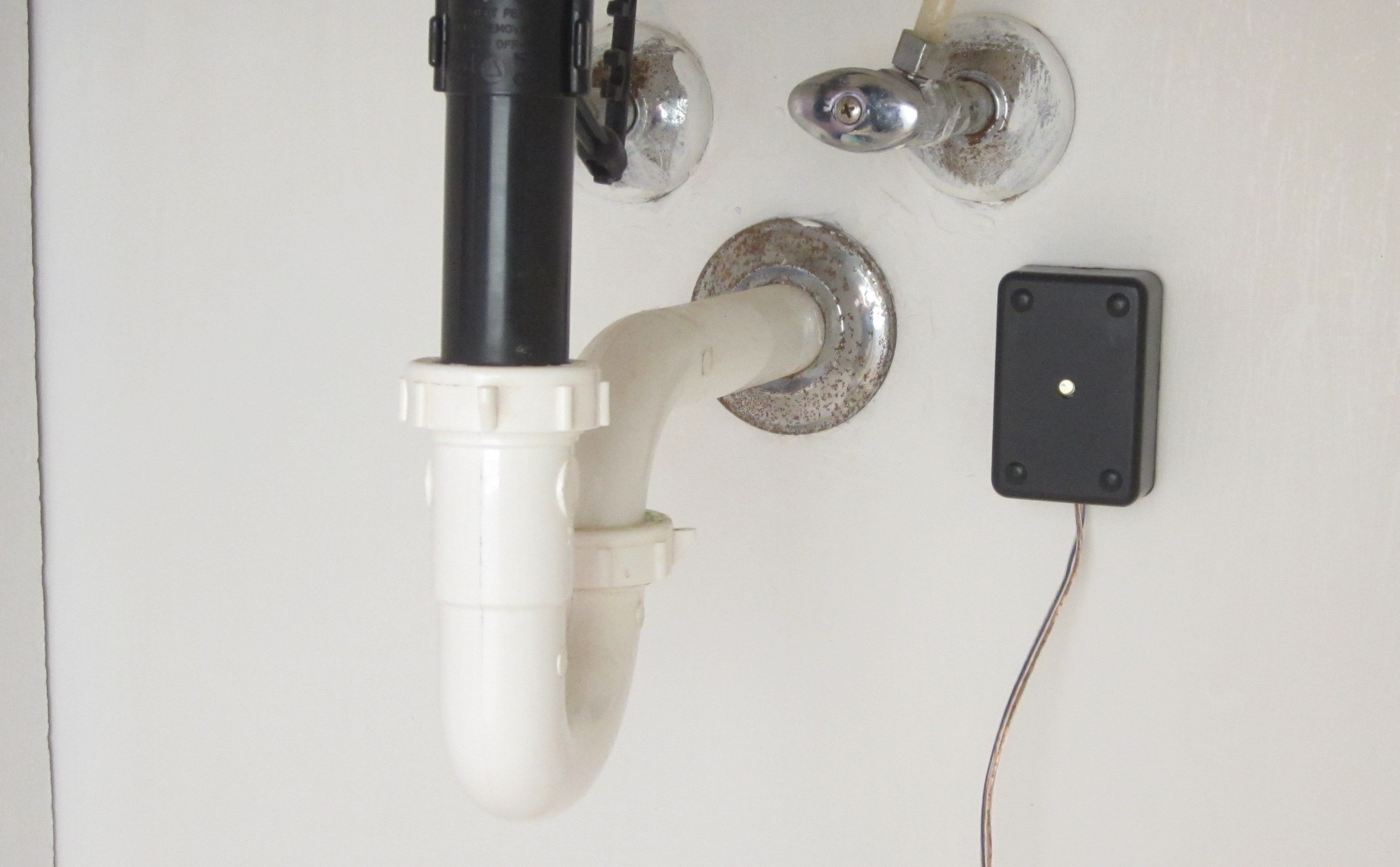Winter is coming. It is time to make preparations. If you live in a colder climate, you need to be concerned about the possibility of your pipes freezing. There are a lot of preventive measures that you can take, such as insulating your pipes and leaving the water dripping. But for a little extra peace of mind, I designed a simple alarm that will notify me if the pipes are getting too cold and are in danger of freezing.
Projects from Make: Magazine
Use Arduino to Avoid Frozen Plumbing This Winter






















